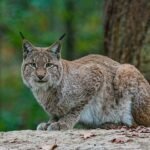Big cats have always captivated human imagination with their majestic presence and predatory prowess. Yet, despite our fascination, many misconceptions about these fascinating creatures persist. In this article, we unravel 11 common myths about big cats, dispelling falsehoods and celebrating the true wonders of these remarkable animals.
Myth 1: Big Cats are Just Oversized Domesticated Cats
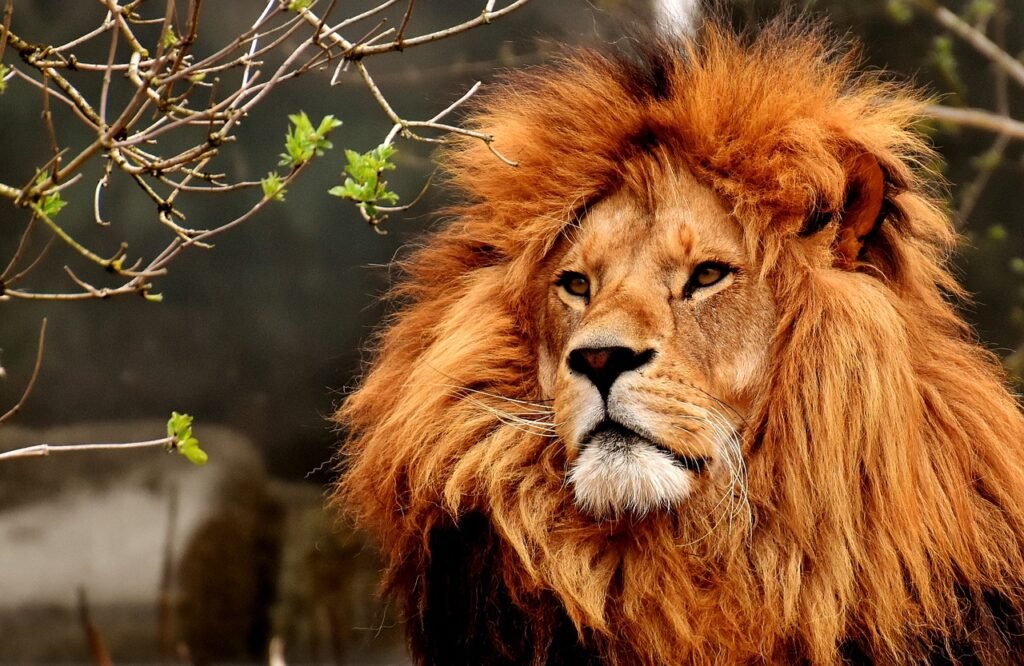
While big cats such as lions, tigers, leopards, and cheetahs may share some physical characteristics with domesticated felines, they are not simply larger versions of our pet cats. Big cats belong to a different lineage with distinct evolutionary paths and behaviors. Unlike house cats, big cats play complex roles in their ecosystems as apex predators, maintaining ecological balance.
Myth 2: All Big Cats Roar

Contrary to popular belief, not all big cats have the ability to roar. Roaring is typically limited to the “big four” of the Panthera genus: lions, tigers, leopards, and jaguars. This ability is due to a specially adapted larynx and a ligament that provides the necessary elasticity for powerful vocalizations. Cheetahs, for example, cannot roar but instead communicate through purrs, chirps, and growls.
Myth 3: Big Cats are Always Solitary Creatures

While it’s true that many big cats, like leopards and tigers, lead solitary lives, this isn’t a universal trait among all species. Lions, for example, are renowned for their social structure, living in family units called prides. Social behaviors suit the environmental and survival strategies of different species, illustrating the adaptability and diversity of big cats.
Myth 4: Cheetahs are the Fastest Animals on Earth
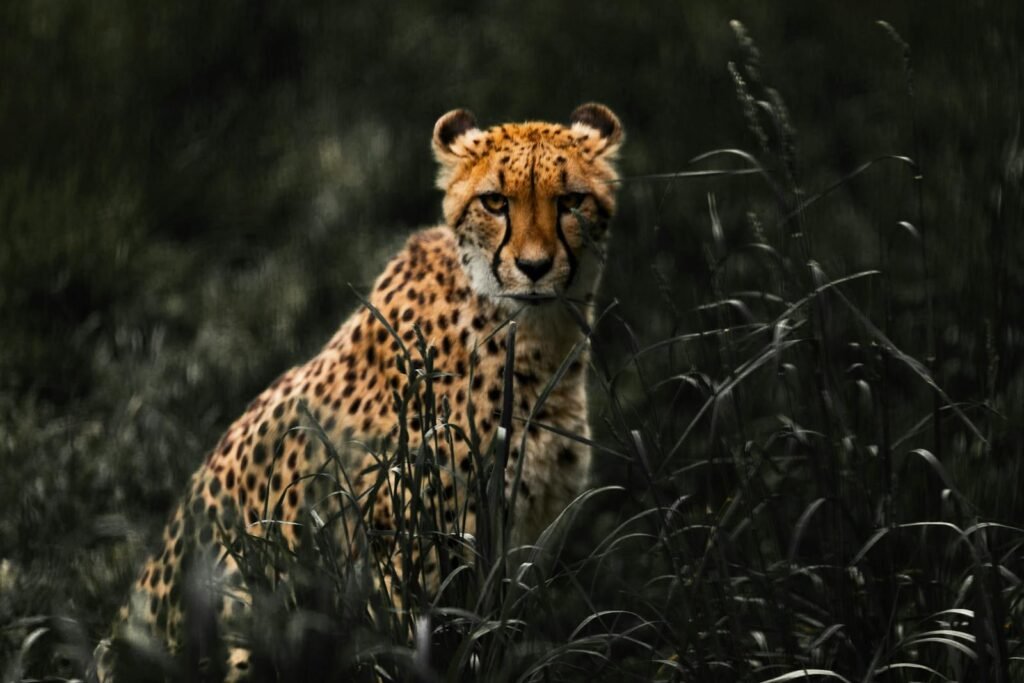
Cheetahs are indeed the fastest land animals, capable of reaching speeds up to 75 mph (120 km/h) in short bursts covering distances up to 1,500 ft (460 m), but they hold this title only among terrestrial creatures. When considering all species, the peregrine falcon is the fastest, diving at speeds exceeding 240 mph (386 km/h). Cheetah’s speed is unmatched on land, a testament to their unique adaptations.
Myth 5: Black Panthers are a Separate Species

The term “black panther” often leads to confusion due to its cultural prominence. In reality, black panthers are not a separate species but melanistic (dark-colored) variants of leopards or jaguars. This genetic variation results in a coat that appears almost entirely black, though their characteristic rosette patterns can be seen upon closer examination.
Myth 6: Big Cats Pose an Imminent Threat to Humans
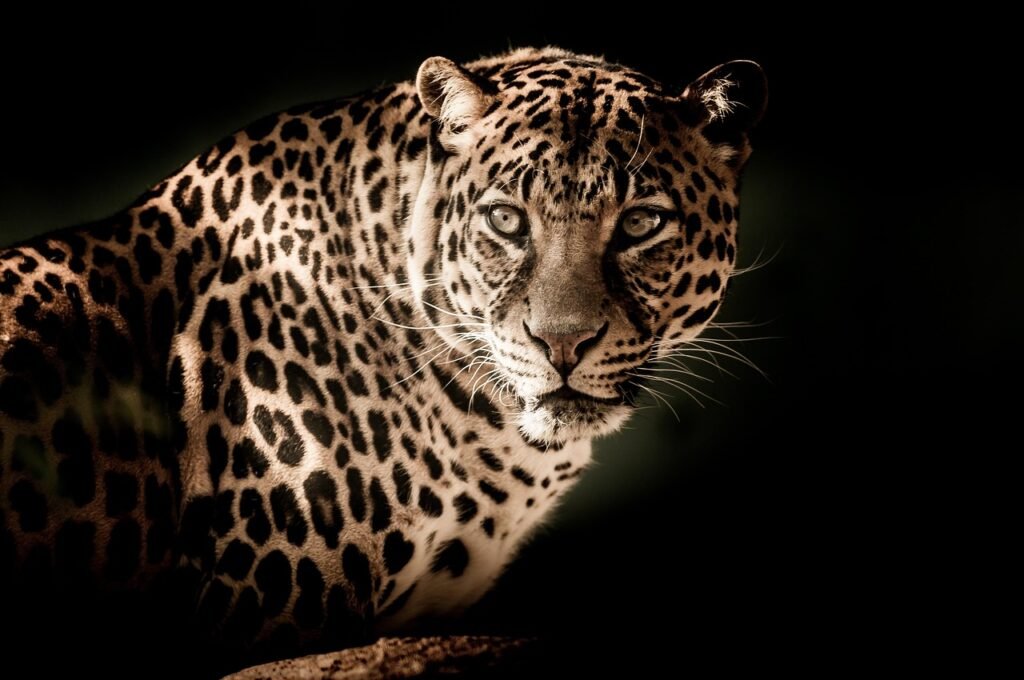
Although big cats are formidable predators, attacks on humans are rare and typically occur due to provocation, mistaken identity, or habitat encroachment. These instances are exceptions rather than the norm. In most cases, big cats are shy and would prefer to avoid human contact, highlighting the importance of maintaining respectful distances and conserving natural habitats.
Myth 7: Big Cats are Indifferent Parents
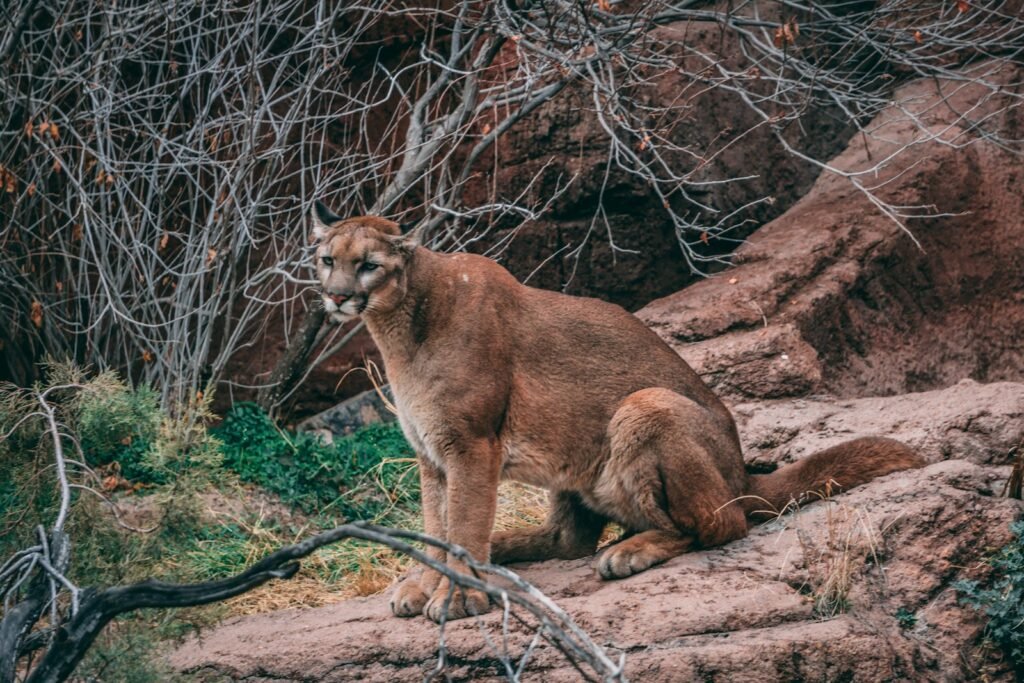
Big cats are often portrayed as aloof or indifferent, but they display complex maternal behaviors. Female big cats are dedicated mothers, teaching their young vital survival skills. For instance, lionesses within a pride collaborate in caring for cubs, and tiger mothers fiercely protect their offspring. These behaviors underline the depth of maternal instincts among big cat species.
Myth 8: White Tigers and Lions are Albinos
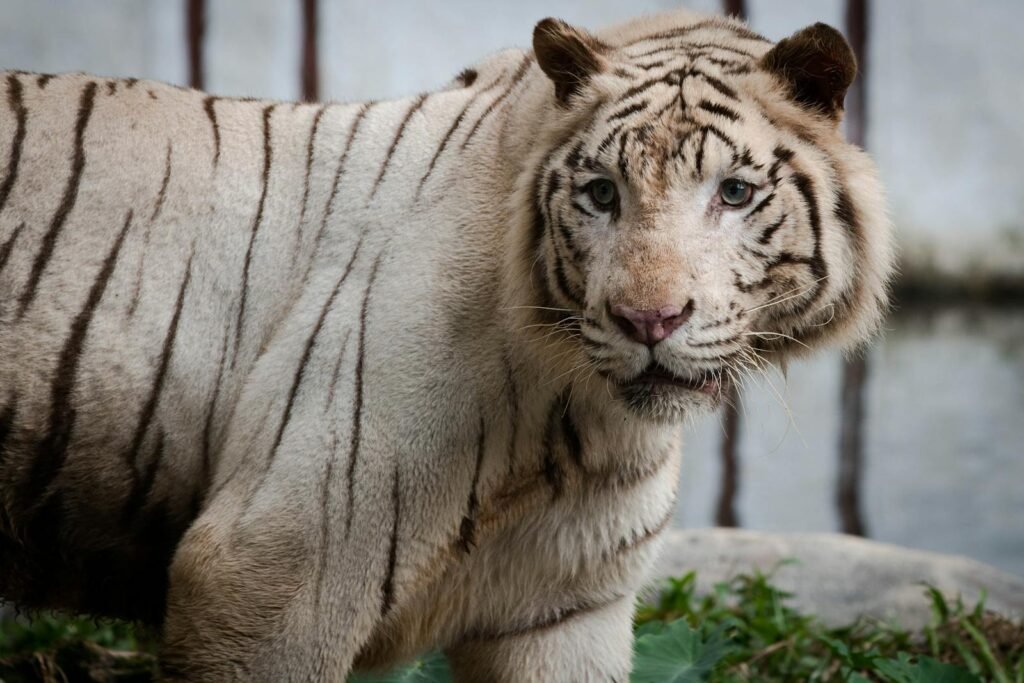
White tigers and lions owe their striking appearance not to albinism but to a distinct genetic condition known as leucism. While albinos lack pigmentation altogether, leucistic animals have reduced color due to specific gene variations. White tigers and lions may exhibit pale fur while retaining normally pigmented eyes. Unfortunately, leucistic animals often suffer from health issues due to selective breeding in captivity.
Myth 9: Big Cats Cannot Adapt to Changing Environments
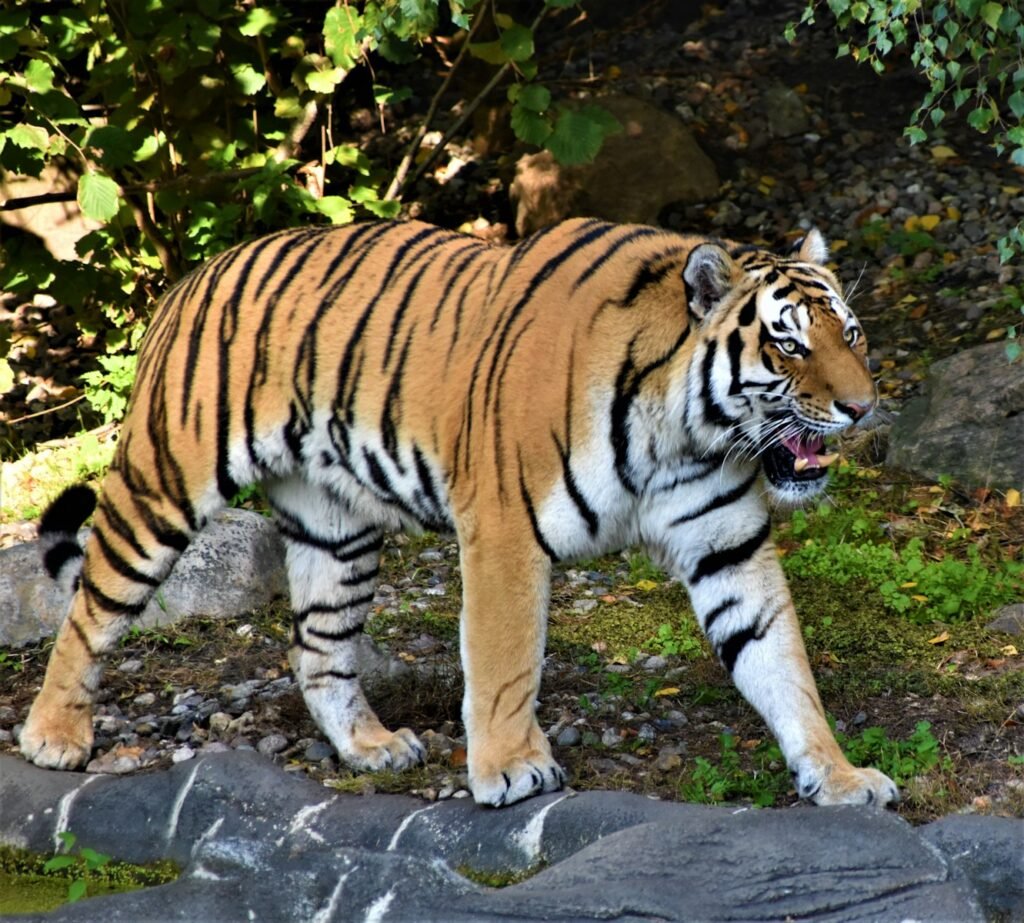
The adaptability of big cats is evidenced by their survival in diverse habitats, from arid savannas to dense rainforests. However, human-induced challenges like habitat destruction and climate change test their resilience. While some big cats show remarkable adaptability, conservation efforts remain crucial to mitigate rising threats and ensure their continued existence in changing environments.
Myth 10: All Big Cats Have the Same Hunting Techniques
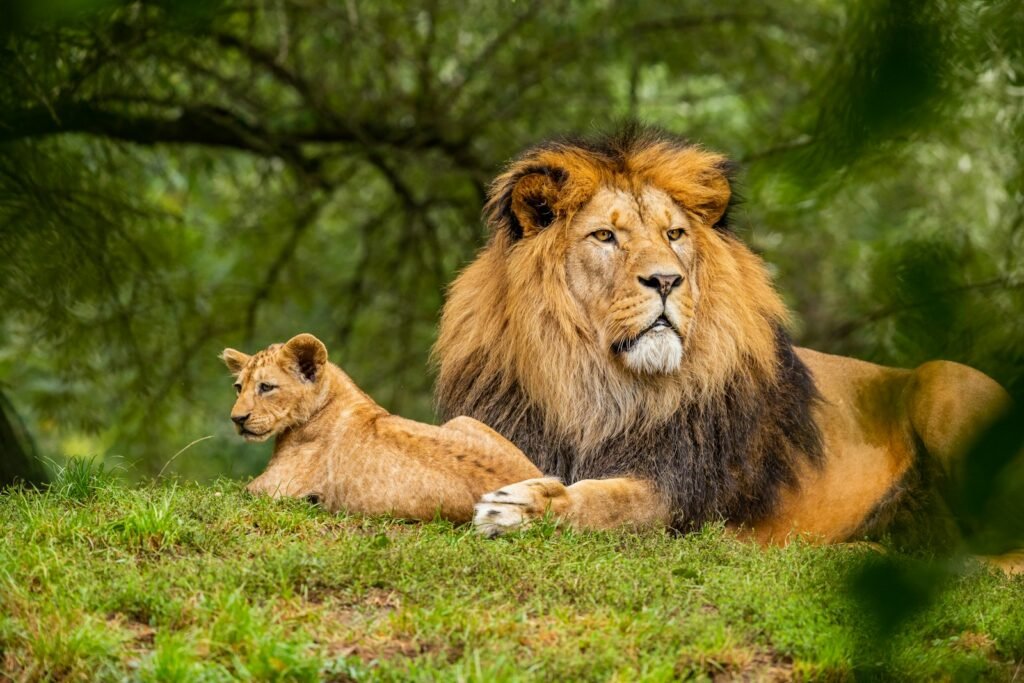
Big cats exhibit varied hunting strategies tailored to their environment and prey. Lions often employ cooperative tactics to outmaneuver their prey, while solitary hunters like leopards rely on stealth and ambush. Cheetahs use their speed for quick chases in open plains, and tigers, as powerful swimmers, may hunt in water. This diversity underscores their evolutionary ingenuity and ecological roles.
Myth 11: Conserving Big Cats is Only About Protecting the Animals
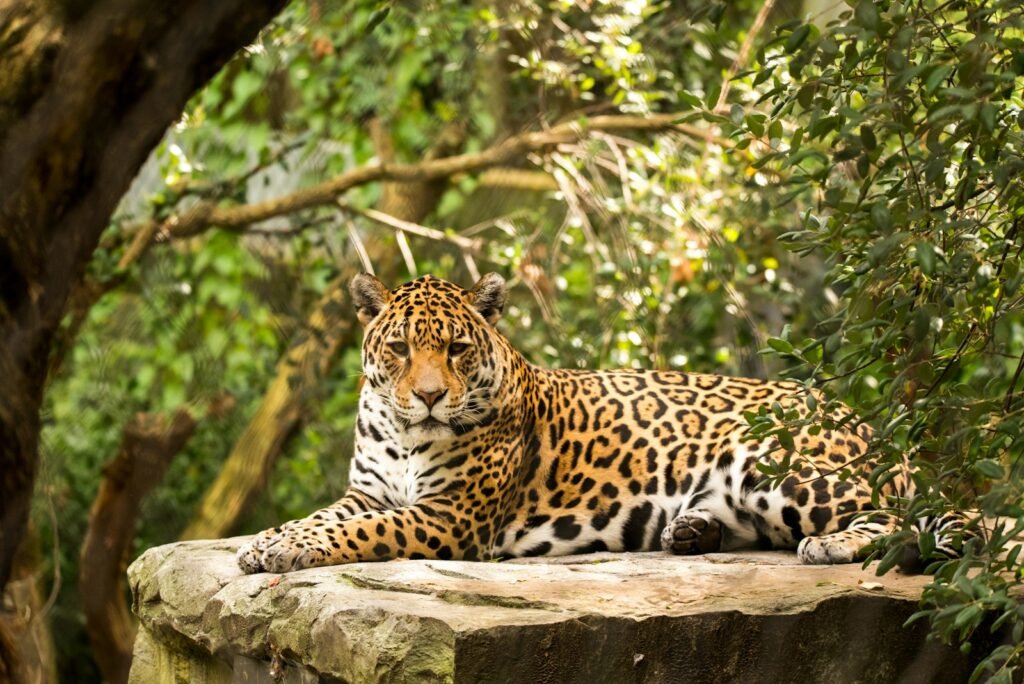
Conserving big cats extends beyond safeguarding individual animals; it involves preserving entire ecosystems. As apex predators, big cats regulate prey populations and maintain biodiversity. Their presence or absence can trigger a cascade of effects throughout the food web, known as a trophic cascade. Hence, protecting big cats supports broader environmental health and stability, benefiting countless species, including humans.
In conclusion, big cats are not only captivating creatures but also intricate components of our planet’s biodiversity. By debunking these myths, we gain a deeper understanding and appreciation for their roles in the natural world. This awareness underscores the importance of conservation efforts to protect these majestic species for generations to come.
Hi, I’m Bola, a passionate writer and creative strategist with a knack for crafting compelling content that educates, inspires, and connects. Over the years, I’ve honed my skills across various writing fields, including content creation, copywriting, online course development, and video scriptwriting.
When I’m not at my desk, you’ll find me exploring new ideas, reading books, or brainstorming creative ways to solve challenges. I believe that words have the power to transform, and I’m here to help you leverage that power for success.
Thanks for stopping by, Keep coming to this website to checkout new articles form me. You’d always love it!



